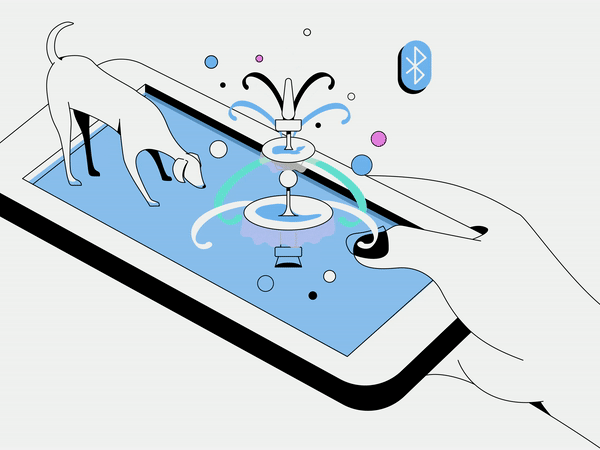Design Ethnography
Research & Insights
Co-participation workshops
Focus group testing
Design Ethnography
Research & Insights
Co-participation workshops
Focus group testing
Since the onset of designing for the Age of Experience, Samsung Design Center in China has been working on developing home products that refresh the idea of home experiences. The brand commissioned Touch to look into the concept of ‘Pet-nership’ among young Chinese families, with the intent of creating new product unification among AI, IoT, and 5G technologies.
In China, the pet population has continually grown in the past six years. Statistics show that by the end of 2018 the dog and cat populations reached 180 million, with an estimated market retail value over 214 billion yuan by 2020.

Pets are gradually being seen and treated as a part of the family. Young people consider their pet’s needs when designing home settings and purchasing appliances. How to keep pets occupied is an emerging concern for people as they think of becoming pet owners.
The aim was to discover new pet-people relationships, and subsequently create pet products and market opportunities. Based on the findings, Touch Innovation led Samsung’s in-house design team through rounds of ideation workshops. During the process, we iterated product directions and features based on consumer feedback, while refining comments from focus group testing.

We discovered that for the new pet-owning generation, bonding is the top concern. A pet is a family member. The pet’s experiences and feelings are respected by pet owners. How could we encourage bonding between pets and their owners? How could we empower pet owners to understand and appreciate their pet’s feelings and behavior in order to enhance bonding?

The project was developed using multiple methods in a series of phases. Starting with secondary research, we found that raising pets and pet product evolution in Asia had quite a different trajectory compared to US and European markets. Pets in a Chinese family were very likely to be treated like a baby or a child, particularly in Dingke (Dual Income No Kid) families. Pet product categories and pet services were heavily influenced by baby products and services, such as pet bath clubs. In order to further identify the key value of pet ownership, Touch also contacted a list of professionals including breeders, veterinarians, leading pet brand owners, pet groomers, etc.
The Samsung designers were invited to participate in the design ethnographies while Touch’s ethnographers were trusted to lead the conversations. The goal of the ethnography was to dive deep into the lifestyle and habits that articulated the attitudes and value system behind pet ownership behaviors. The whole process was recorded by video. Samples were chosen carefully to present a variety of behavior and value patterns. Each ethnography was conducted on occasions chosen precisely to present the best social implication.
The research findings enabled the Samsung Design Center to develop product concepts. After several rounds of testing, these were presented at a global design conference.
